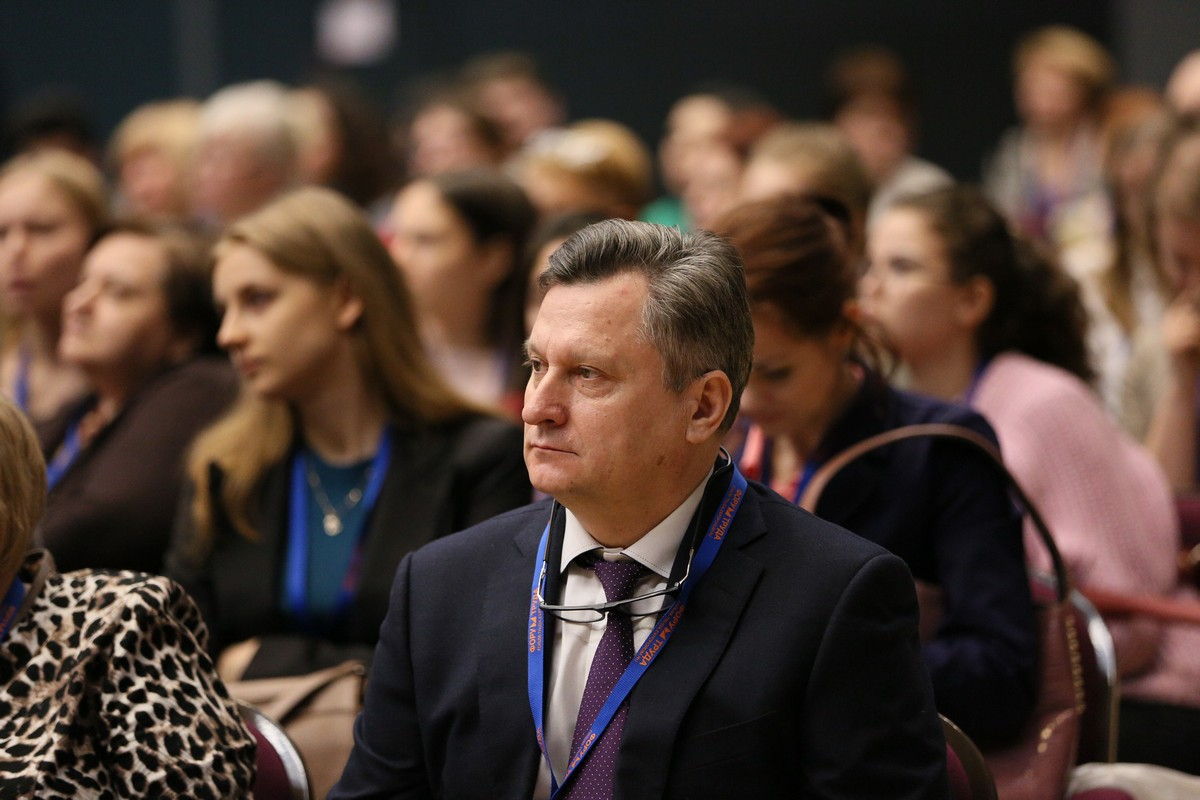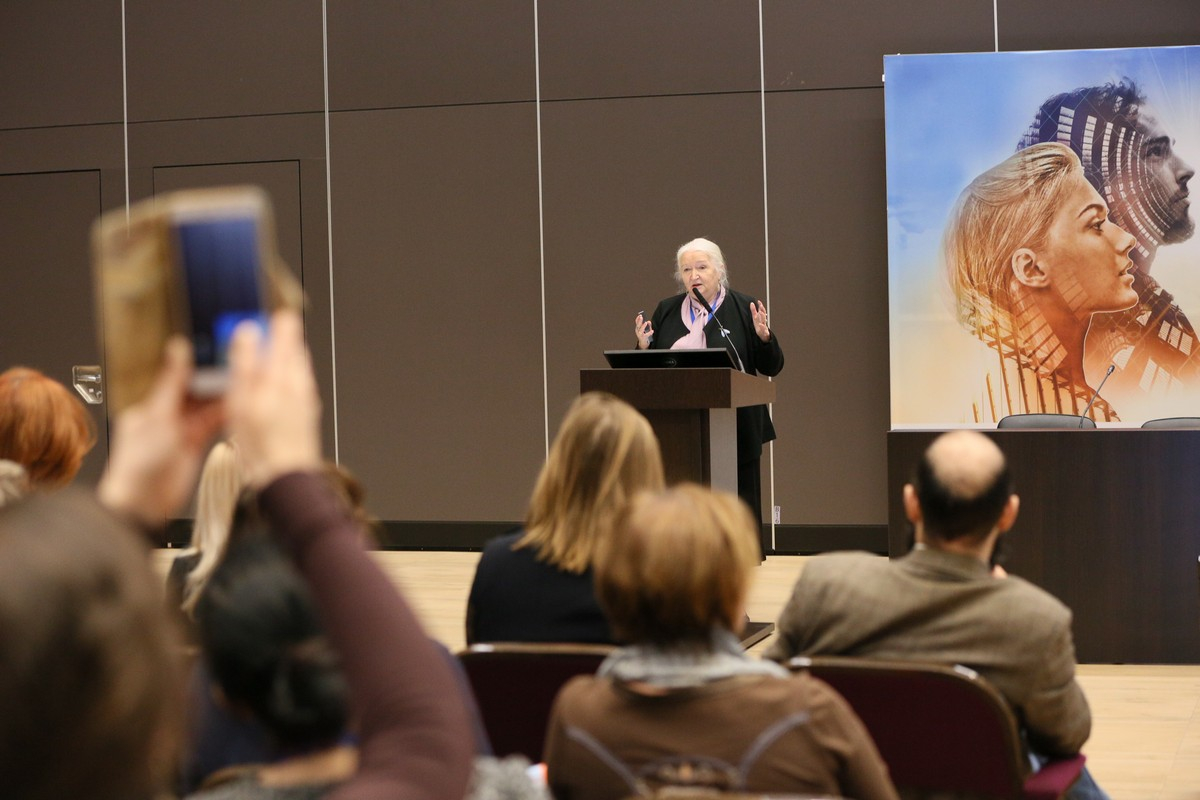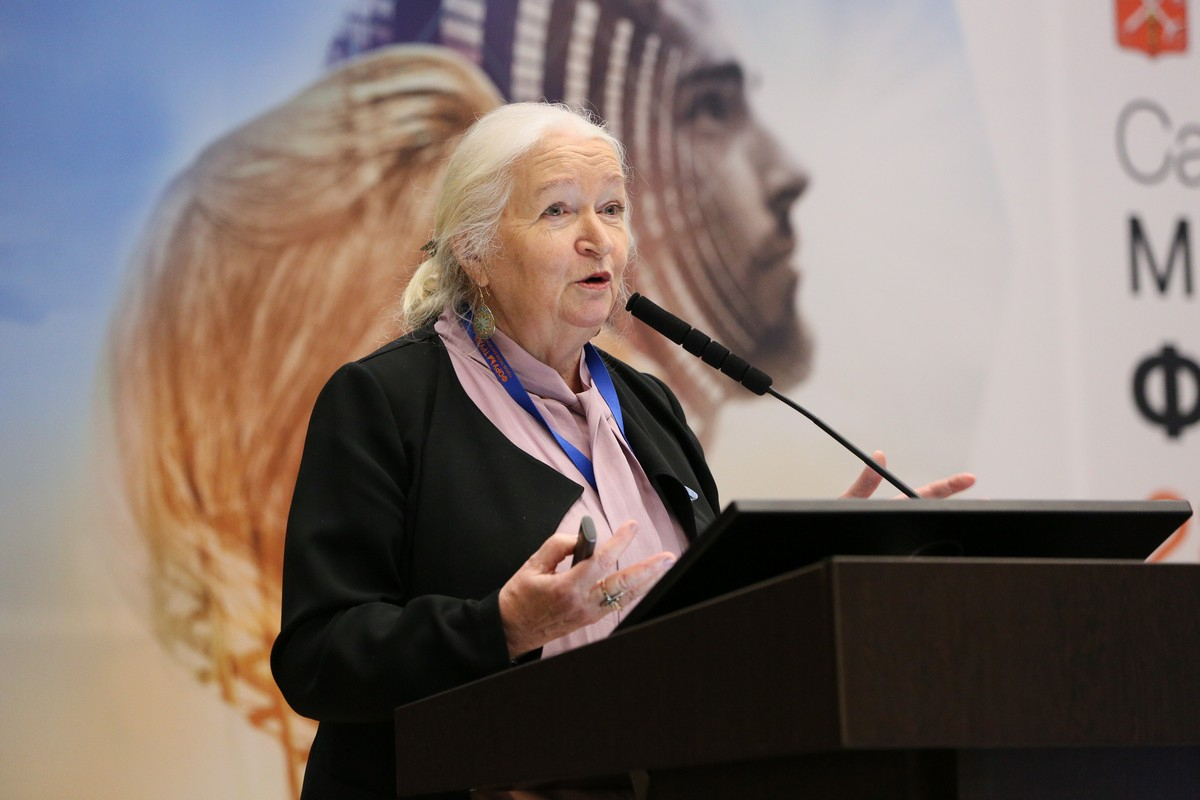Schrödinger's cat from Tatiana Chernigovskaya to help overcome dyslexia
A presentation of the book titled “The Gaze of Schrödinger's Cat: Eye-tracking in Psycholinguistics” has taken place at the St Petersburg International Labour Forum.
The research was carried out by a group of scientists from St Petersburg University guided by Professor Tatiana Chernigovskaya, Honorary Scientist of the Russian Federation. It is of interest not only for specialists in linguistics and cognitive studies, but also for engineers and marketing specialists.
The monograph was published by the St Petersburg University Publishing House. It is devoted to procedures for conducting psycholinguistic experiments carried out within the project “Psychophysiological and Neurolinguistic Aspects of the Recognition Process, Verbal and Nonverbal Patterns”.
“The studied procedure of eye movement video registration – eye-tracking – gives us an objective idea of what our attention is focused on. These experiments not only contribute to the fundamental science, but also are of purely practical importance. It can be used in the treatment of dyslexia, because eye-tracking makes it possible to assess how a person reads and what causes them difficulties in reading. Also, marketing experts and many other specialists make active use of this procedure,” Tatiana Chernigovskaya emphasises.
The findings also show how differently different people may perceive one and the same subject. This calls into question the methods of classical science, according to which the scientist is an observer who does not interfere in the process or object under study. “It is obvious today that this is impossible. The research subject depends on a person who investigates it. Schrödinger's thought experiment about a cat that is either alive or dead until we open the box shows the importance of the observer. Because if there is no one who looks at it, nothing happens,” stresses Tatiana Chernigovskaya, Professor of St Petersburg University.
In the new monograph of Tatiana Chernigovskaya, as in her previous book “Cheshire Grin of Schrödinger's Cat: Language and Mind”, Schrödinger's Cat is a full-fledged hero. The authors used it as their virtual assistant. The cat became a model of the subject, which perceived, processed and transmitted information.





